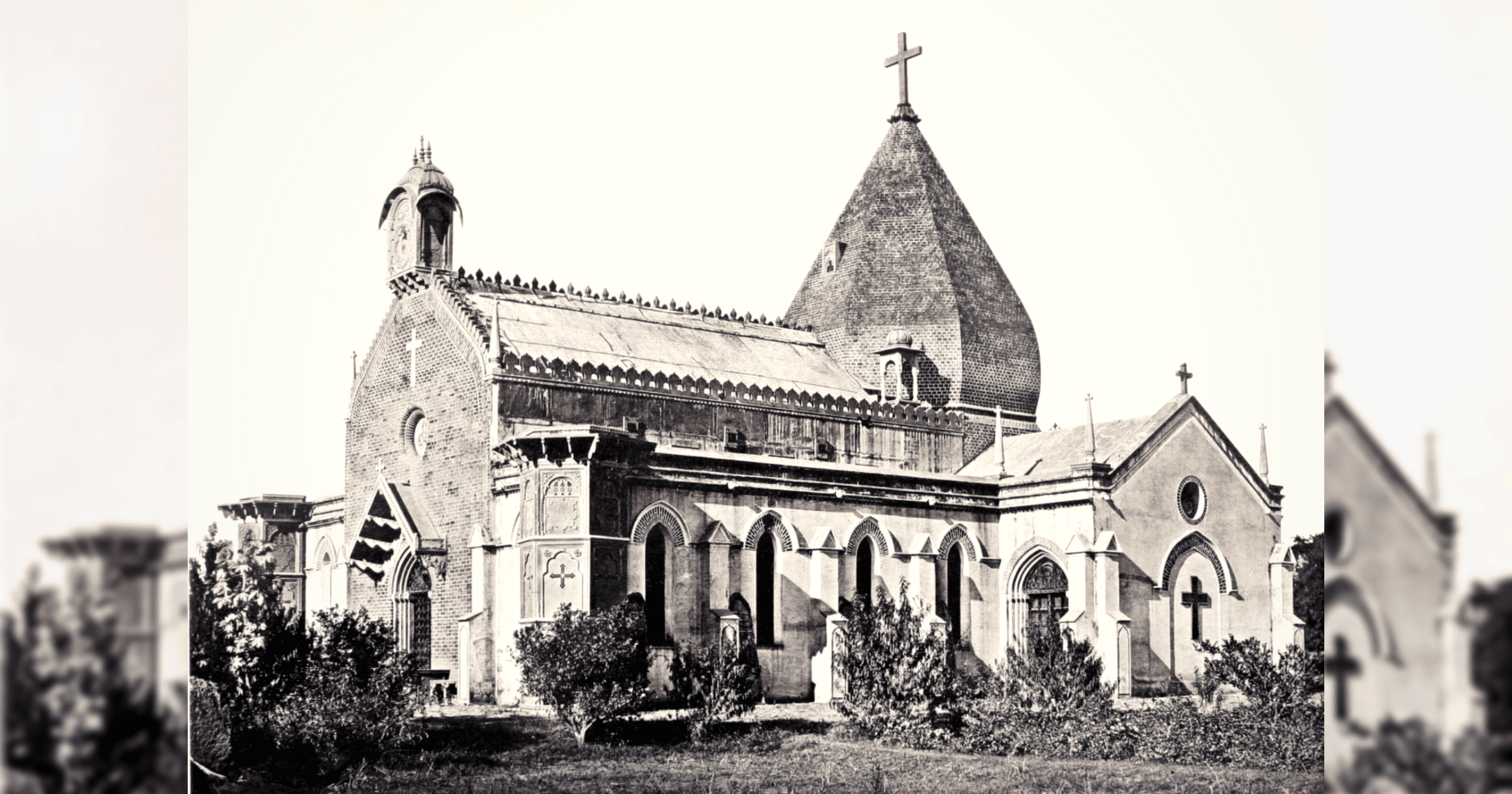The Catholic Church is home to some of humankind’s utmost achievements in architecture. Constantly evolving over the past two millennia, the Church has produced many of the world’s greats: The Sistine Chapel, Saint Peter’s Basilica, and the Notre-Dame Cathedral to name just a handful of the many. From Romanesque Abbeys, to Gothic Cathedrals or Renaissance Basilicas, there has been a multitude of architectural styles throughout the ages.
Some Catholic churches are even built out of 70,000 skeletons, built into canyonsides with miraculous origins, no smaller than a toolshed, hundreds of feet underground in salt mines, or simple cabins in the woods for gold rush miners long since gone.
And some are even made with Gothic design principles, Indian fine craftmanship, and Russian domes: the Sacred Heart Catholic Church in Mathura, India.
On January 18th, 1874, the cornerstone was laid on the site of a shed that had once been used as a Catholic chapel dedicated to Saint Francis, Apostle of the Poor.
Construction began at the behest of Frederic Growse, a British officer posted to Mathura in the 1870s and a Catholic convert. An aesthetic enthusiast, Growse enjoyed Indian fine arts and crafts and set out to build a Catholic church in that style.
Growse planned the church’s grounds and general design “in accordance with ordinary Gothic precedent” with the rest of the church “purely oriental in design.” He included “specimens of native art” – carvings in the doorways, the tracery in the windows, the kiosks set on the sides of the dome.
As to the dome, he originally planned to be built in the style of a nearby Hindu temple; however, fearing opposition he “altered it into a dome of the Russian type, which also is distinctly of Eastern origin and therefore so far in keeping with the rest of the building.” With every comprise, Growse sighed, “it fails of being entirely satisfactory.”
Understanding the reason for his decision requires an understanding of the historical context of the time period. Following the Indian Rebellion of 1857, attempts to introduce Indo-Saracenic design elements in architecture was seen by the British in India at the time as controversial.
Growse was proud of the church, saying visitors would “immediately understand that it was a Catholic Church, built in an eastern country for the use of a mixed congregation of Europeans and orientals that mixed oriental and western ideas.”
Even so, he regarded it as unfinished, being forcibly removed from his post in Mathura some time after the bulk of its construction was completed.
















